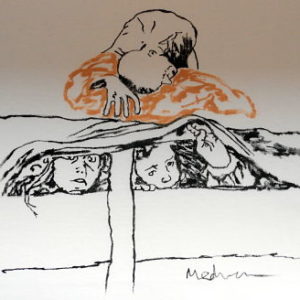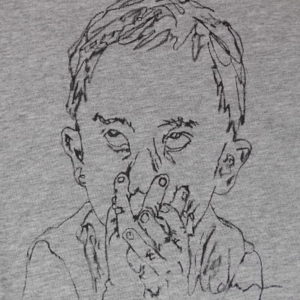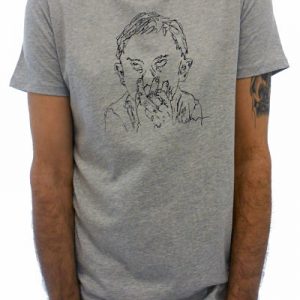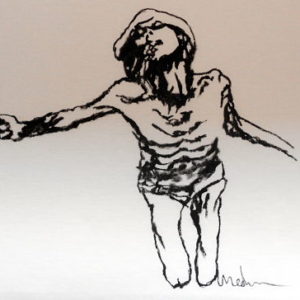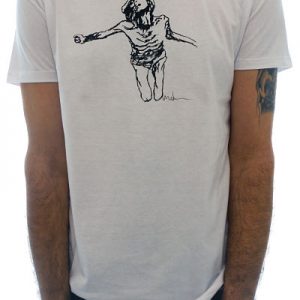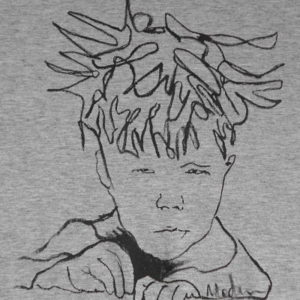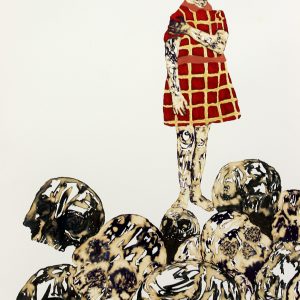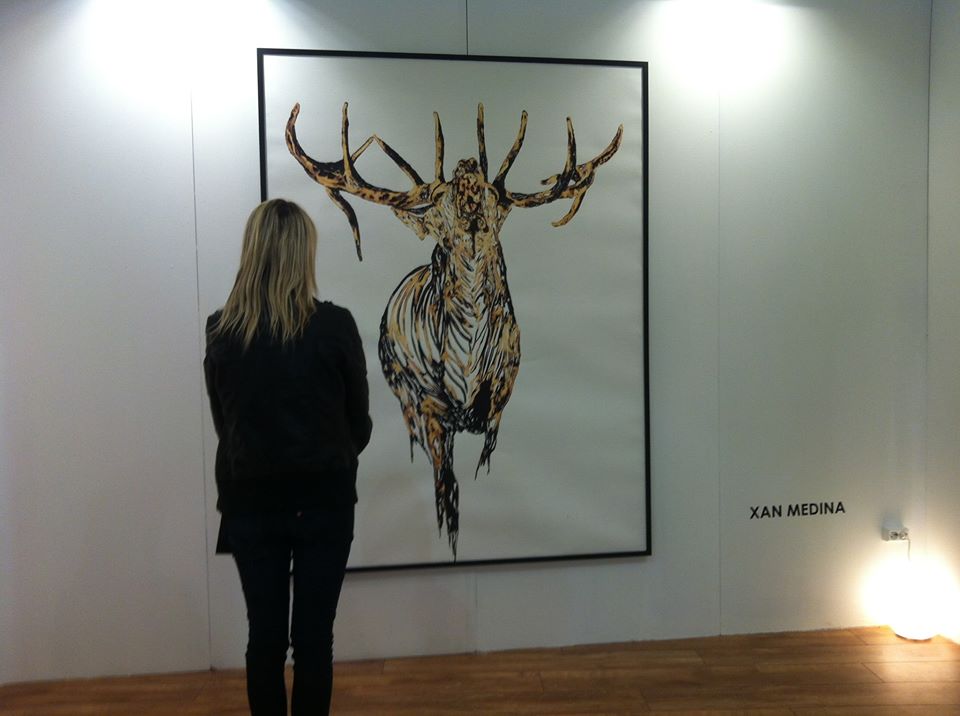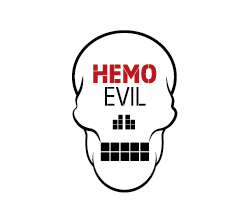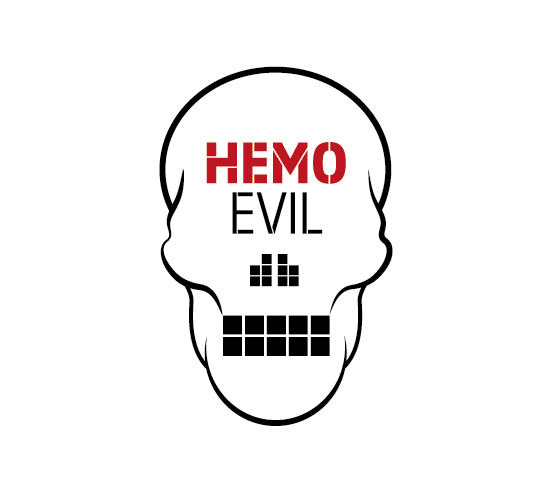HEMOEVIL is born from the passion for Sustainable Art and Fashion.
Before we created Hemoevil we were already somewhat aware that the planet asks us for help, that it needs us to tod@s. However, we were not entirely aware. I will give you an example:
You wake up in the morning, open your eyes, you get up, you go to the bathroom and take a shower. You get dressed and still haven’t had breakfast when you’re probably already contributing to the deterioration of the environment. You’ll wonder how is this possible if I haven’t done anything yet?
It is very simple, our habits, our way of consuming, what we use daily. It all influences. Directly or indirectly, how we relate to our environment has an impact on the planet

AFFECT THE PLANET WITHOUT KNOWING IT
Usually our garments are made of polyester fabric. This is the most used fiber to make clothes. So if you do, you should know that you contribute to the use of 70 million barrels of oil in its manufacture. In addition, this type of yarn takes more than 200 years to decompose. Indisputably, oil is the most polluting industry in the world. In its purest form and in any of its derivatives. It affects water as it deprives it of oxygen, increases its salinity and the pollution of very harmful toxic substances that we then ingest. It also affects the air as it increases exponentially the greenhouse effect and consequently contributes to global warming. That is why a series of very worrying chained catastrophes have occurred such as melting glaciers and rising sea levels and climate change.
The Microplastics
Both polyester and nylon contribute to the constant load of myoroplastics in the environment. Not only in its production and processing but throughout its use. These microfibers are constantly freeing themselves and are found in everything around us and in all of us.
When we see the famous Plastic Garbage Island floating in the sea we have a record of it because it is something visible and tangible, but microplastics are much more harmful and difficult to eradicate. Being particles so microscopic, plants and animals absorb them. Consequently we ingest them through fish consumption.

Other pollutants
For a few jeans one kilo of cotton (usually with pesticides) and thousands of liters of water (10,000 to 17,000 liters) is used. These are a lot of liters!
Normally the usual way to dye clothes is by using toxic chemicals along with water. This one’s going to stop at our oceans and seas. It makes them increasingly acidic, affecting their flora and fauna by polluting them. The 20 of the toxics that are poured on the planet comes from the textile industry.
For this reason and for many more reasons fast and industrialized fashion is the second most
pollutant of the planet, just behind the oil tank and maintains that same range after the electricity industry in water pollution.
HOW CAN WE HELP? WHAT DOES HEMOEVIL WANT?
We knew little or nothing about all this when we started. We were researched and informed, and it is clear that when we collected all the data we decided to form a company aware and that coexisted with the planet. The earth attracts our attention and we are consistent with that call that the planet makes us. And not only that, we wanted an ethical company, with principles and values.
The term Slow Fashion was coined in 2007 by Kate Fletcher, professor of sustainability, design and fashion. This movement gained notoriety and was a turning point in the great tragedy that occurred in April 2013 in Bangladesh (eastern India),where more than 1,000 people died when the building where they worked very precariously collapsed, making industrial garments for Fast Fashion.
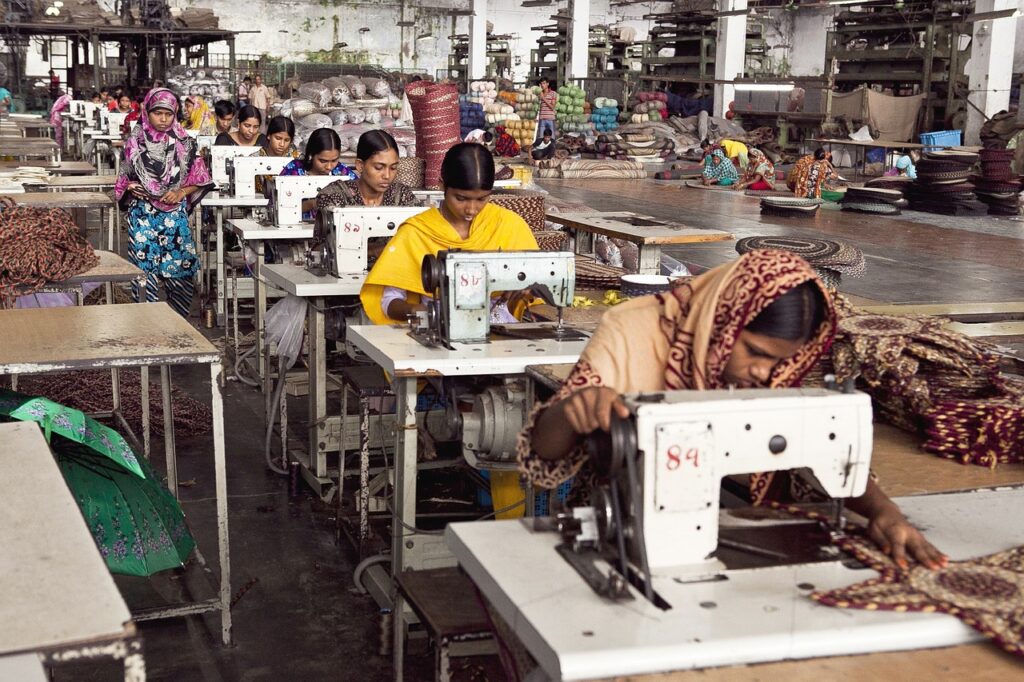
FAST FASHION COSTS LIFE
Other grounds for us to become even more known were: low quality and consequently low price and low or no moral cation. Fast Fashion uses people and children in its production in inhumane conditions that are usually overexploited.
Fast Fashion costs life. Life of people, animals and it costs us the planet.
What does HEMOEVIL want?
HEMOEVIL not only wants to be organic, but sustainable, and work with materials such as recycled plastics from the sea and post-consumer. For these reasons we want and opt for fair trade. Higher quality and exclusivity to the detriment of garments at affordable prices made in chain and with materials harmful to the environment. For this reason we claim that Slow Fashion is not a seasonal trend, but rather a philosophy of responsible consumption of clothing.
We promote consumption with conscience. Certified garments and materials, ensuring that those who have contributed to their manufacture have received a fair treatment and salary. We do not want garments that are produced quickly and cheaply at the expense of the exploitation of others generating the feeling of “disposable”.
Do you know how many kilos of clothes end up in landfills? Thousands and thousands. What about your closet? How many clothes do you have that you haven’t put in for a long time or just bought it because it was cheap and then you never used it because you didn’t really need it?
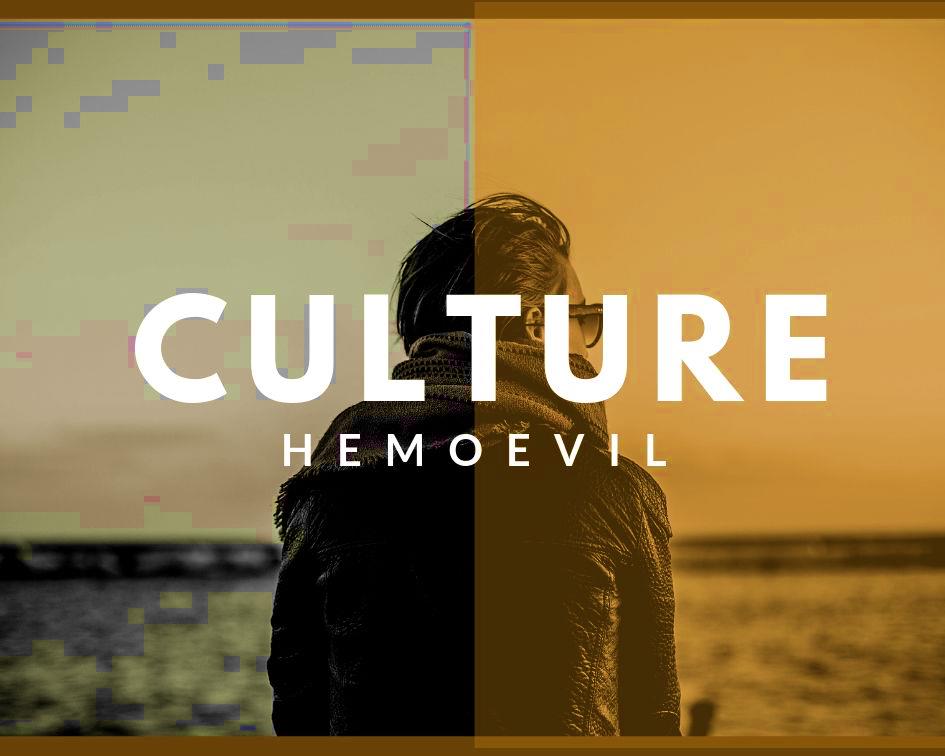
We want special garments and for this we add the value of Art. An art that has so far been elitist. An art that comes from galleries and museums, taking it out of the walls and its usual context. In this way we make it more visible and affordable to the general public.
HEMOEVIL is the ART of CUID(ARTE).
